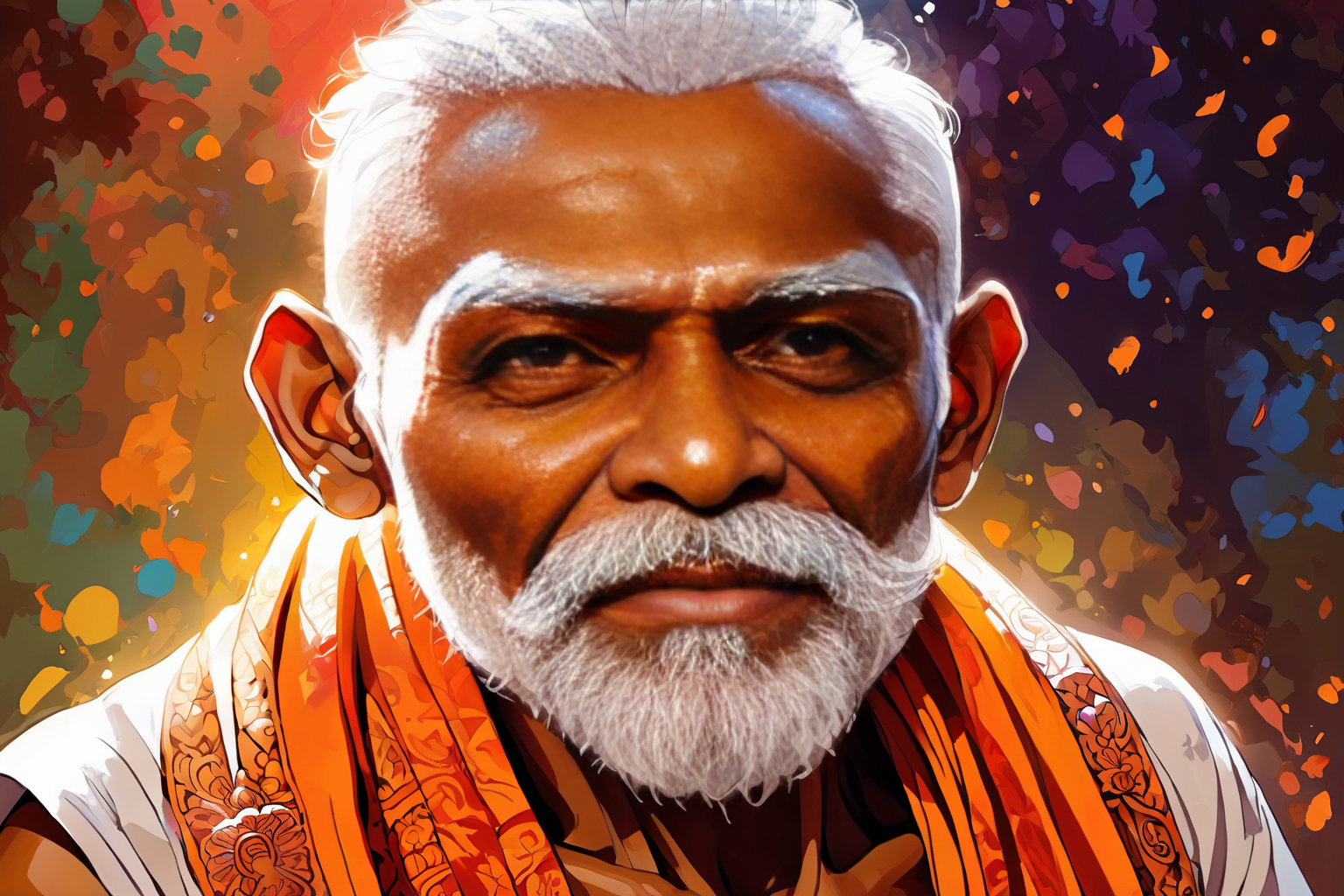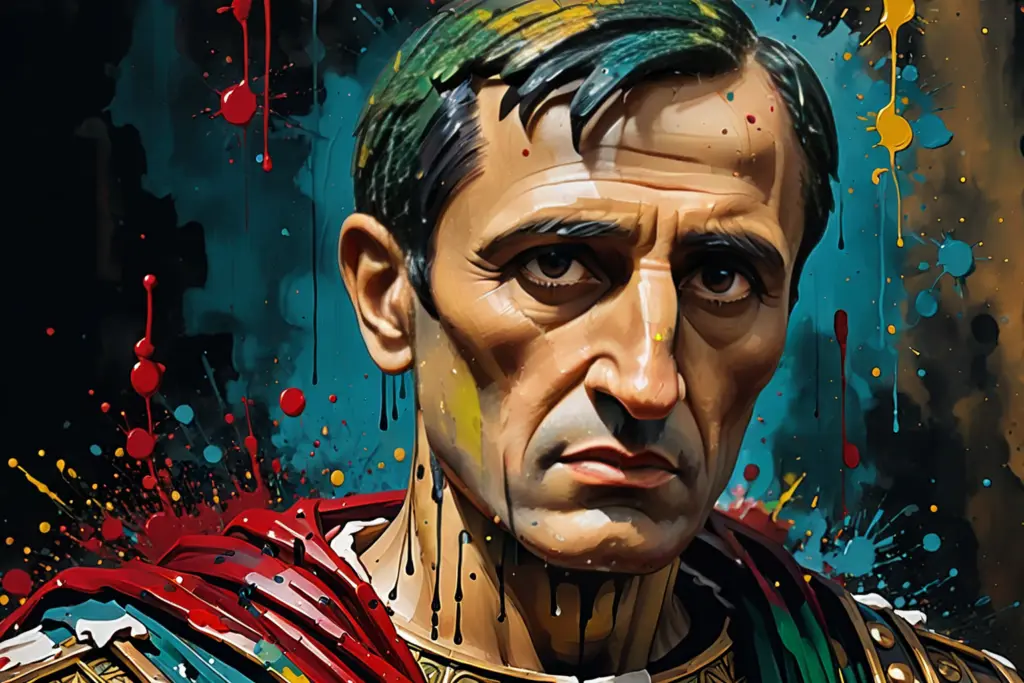
Here are some concise facts about Ramana Maharshi:
- Life Span: Born in 1879, Ramana Maharshi was an Indian sage and spiritual teacher who lived until 1950.
Birth Name: He was born as Venkata Subrahmanya Sarma in a small village called Tiruchuzhi, near Madurai, Tamil Nadu.
Spiritual Quest: At a young age, he embarked on a spiritual quest, questioning his true nature and seeking enlightenment. After several years of self-inquiry, he realized the answer to life’s ultimate question, “Who am I?”
Ashtanga Yoga: He followed the teachings of Ashtanga Yoga as outlined in Patanjali’s Yoga Sutras, emphasizing self-inquiry (Atma Vichara) as the means to spiritual realization.
Teaching Method: Ramana Maharshi taught through silent communication and direct pointing at the heart, encouraging students to explore their own consciousness. He rarely spoke, believing that truth could be directly experienced without words.
Ashram: He established an ashram in Arunachala Mountain, India, which became a center for spiritual seekers from around the world.
Influence: His teachings have had a profound impact on many, including prominent figures like Jiddu Krishnamurti and Paul Brunton. His work continues to inspire and guide those interested in self-inquiry and non-dual spirituality.
PromptRamana Maharshi, portrait, colorful, very detailed, HD, highly detailed, sharp focus, stunningly beautiful, comic, graphic illustration, comic art, graphic novel art, vibrant, highly detailedNegative promptphotograph, deformed, glitch, noisy, realistic, stock photo
Text model: aya-expanse
Image model: CopaxCuteXL

The Neural Navigator is a creative mind behind the lens of AI-generated images.
The Neural Navigator is always pushing the limits of what’s possible in this exciting new frontier of digital creativity. Whether it’s surreal landscapes, abstract patterns, or striking portraits, each image is a testament to the endless potential of AI-driven art.
Follow The Neural Navigator for a daily dose of innovative and visually stunning AI-generated imagery.


